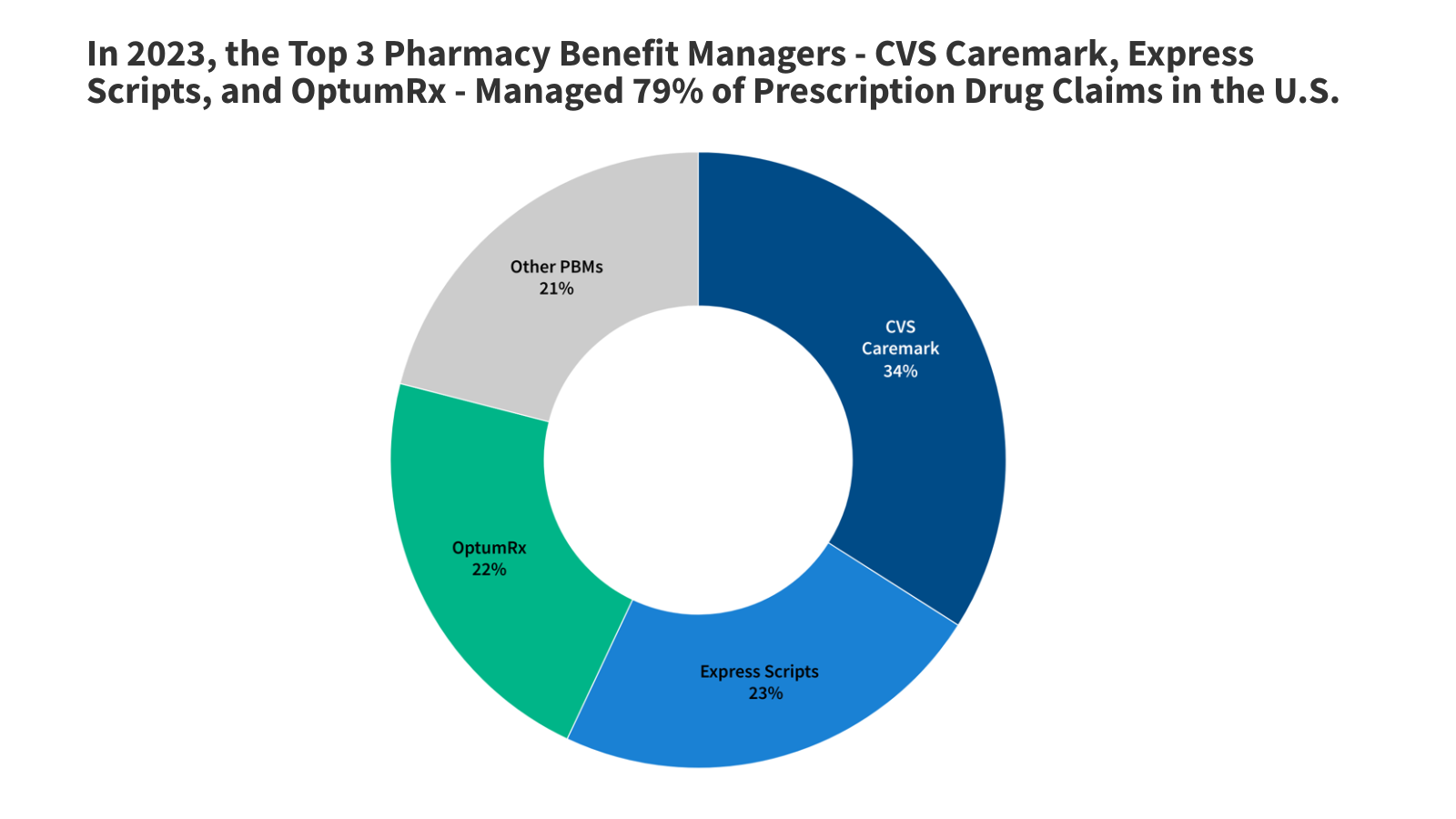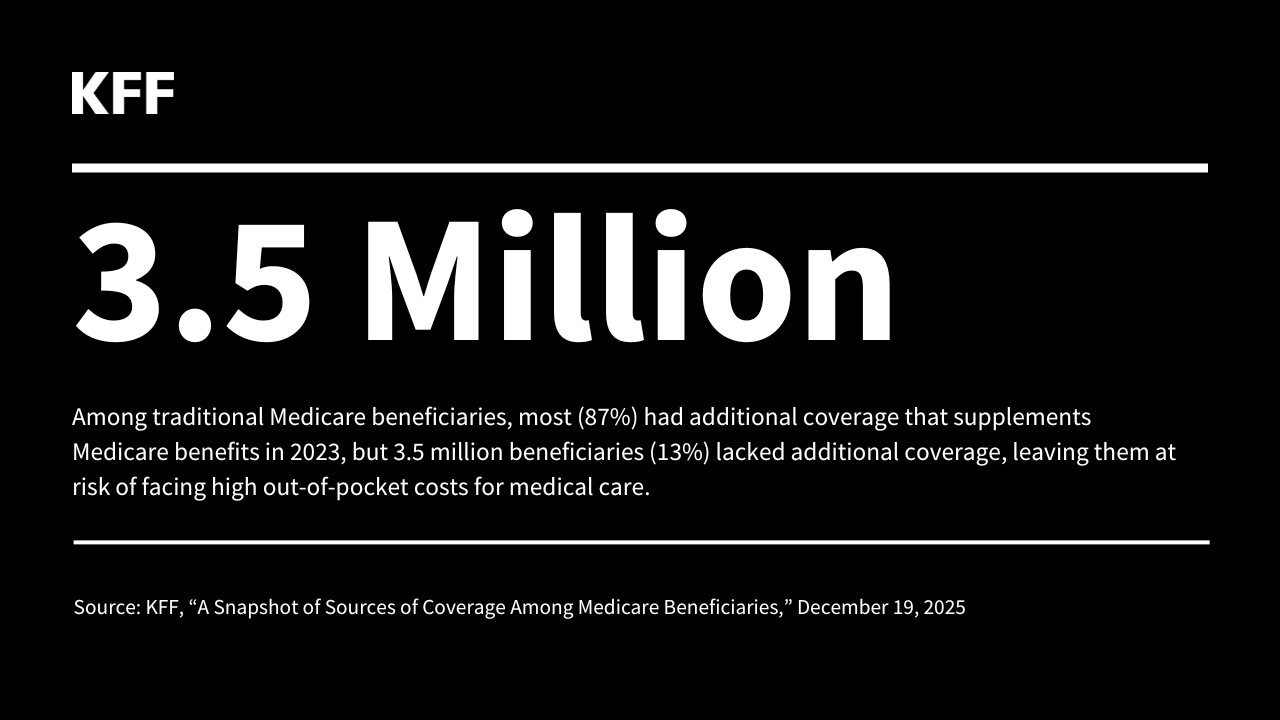Abstract
We examined descriptive patterns in the frequency of medical continuing disability reviews (CDRs) for child Supplemental Security Income (SSI) recipients. These CDRs are designed to determine whether children continue to meet the disability criteria required to qualify for SSI. Benefits cease for children who no longer meet the disability criteria. The frequency with which children face CDRs is intended to reflect the likelihood of medical improvement. However, in practice, this frequency has varied based on funding availability, which impacts staff and caseloads. Our research aimed to summarize longitudinal patterns of which child SSI recipients had benefits ceased over time and their subsequent outcomes, as well as quantify the extent to which CDR cessation patterns contributed to caseload dynamics over time.
The paper found that:
- CDR cessations influenced child SSI participation patterns substantively. Because of budget shortfalls, relatively few children’s benefits ceased from 2003 to 2013; many more had benefits ceased from 2014 to 2017 as the Social Security Administration (SSA) processed a backlog of CDRs. Our analyses indicate that CDR cessations can typically explain three-fifths to two-thirds of the overall changes in the number of children receiving SSI, both during periods of program growth (2002 to 2013) and subsequent caseload declines (2013 to 2021).
- Despite variation in the frequency with which children faced cessation from CDRs, the children’s characteristics were mostly stable. For example, children whom SSA expected to experience medical improvement were always disproportionately more likely to have benefits ceased, as were children living in areas with high socioeconomic deprivation.
- Relatively few children returned to SSI in the five years after cessation. For children ceased in 2011 and later, fewer than 6 percent returned within five years. These children often faced important challenges, as evidenced by fairly limited early-adult earnings outcomes. (We can measure earnings only among children 16 and older.)
The policy implications of the findings are:
- The recent funding for CDRs through a special “program integrity” budget has stabilized childhood CDR workloads. Minimizing these fluctuations could help children and families plan for the potential loss of benefits following a CDR. Other research suggests few families anticipate that benefits might be ceased when children reach age 18; presumably, anticipation of these less-frequent childhood CDRs would be even lower. (During our study period, CDRs rarely occurred on schedule, as SSA worked through a backlog.) However, research from other tests of extensive services and counseling has not led to improved early adult outcomes. Alternative approaches to preparing youth and families for the possible loss of benefits, including increased connections with other programs, might be necessary.
- Equity considerations can play an important role in determining the targeting of CDRs. Though youth from areas with high socioeconomic deprivation make up a large share of child SSI recipients, they are disproportionately more likely to have benefits ceased following a CDR. Importantly, this happens not because of differences in the rates of appeals, which we had hypothesized would be more frequent for youth from higher-resourced areas. Further understanding what drives this finding is important to ensuring equitable participation in SSI.
Publisher: Source link










